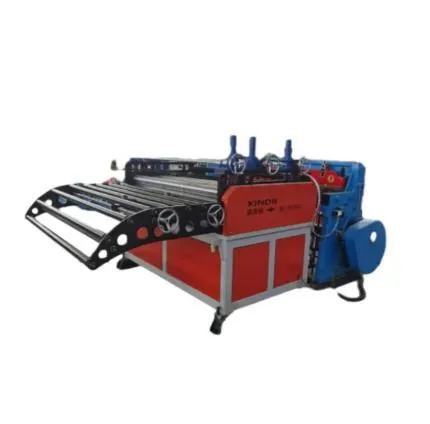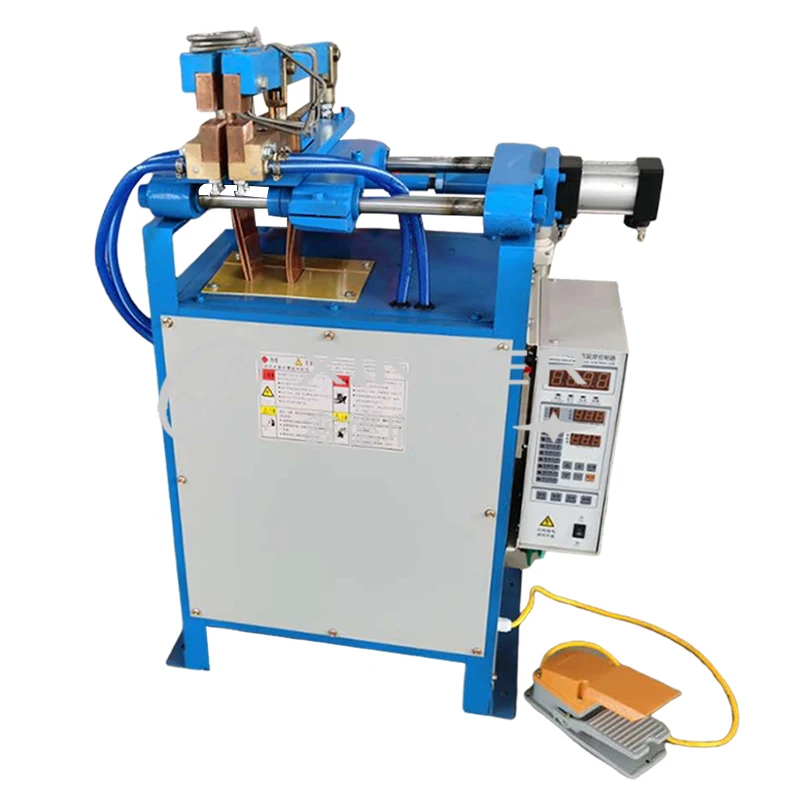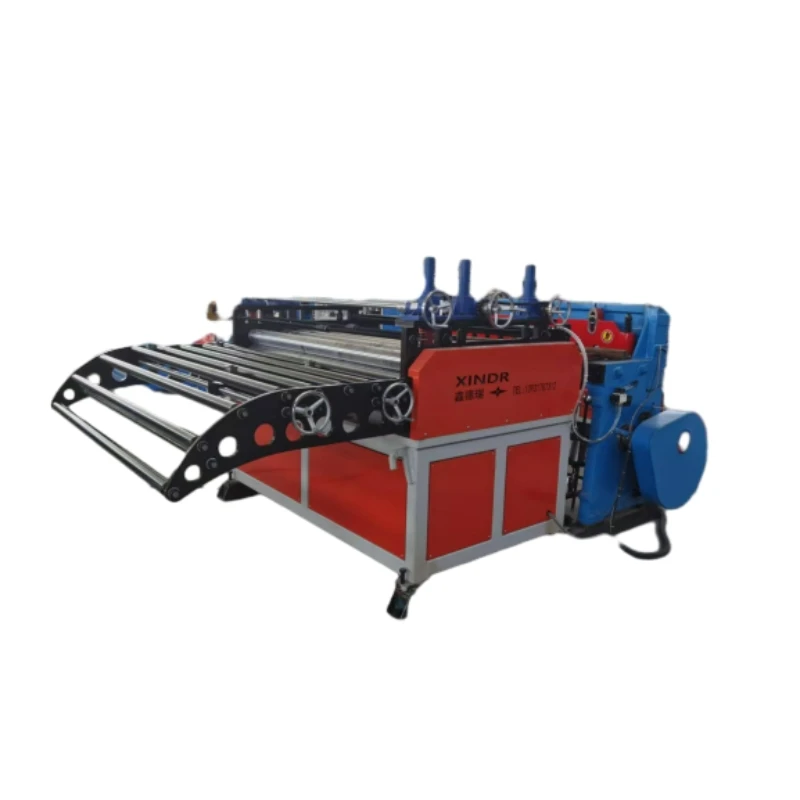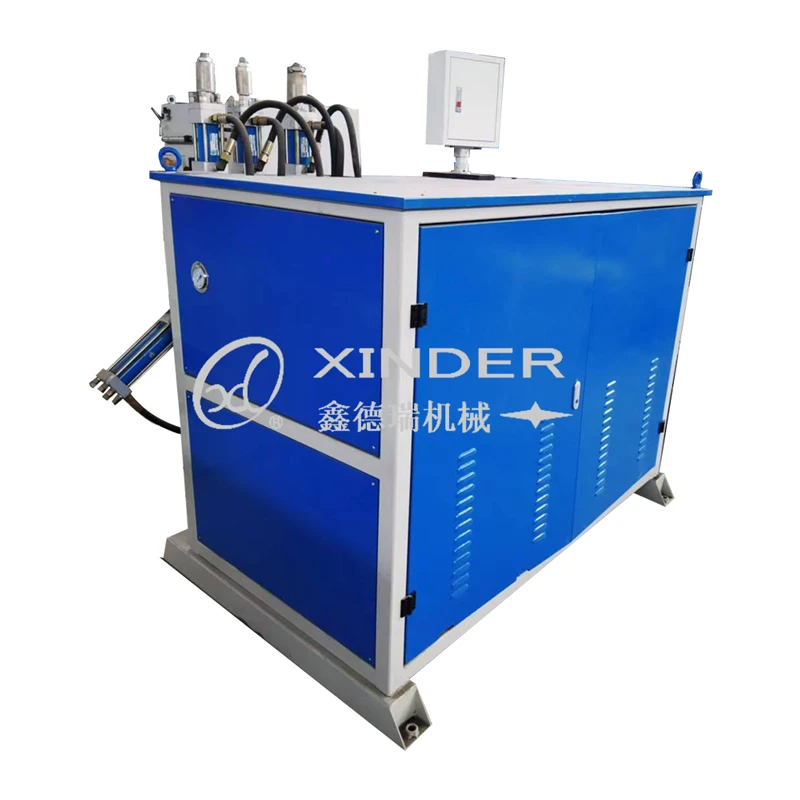-
 8613931787312
8613931787312 -
 Botou Industrial Zone on the east side of National Highway 104, Botou City, Hebei Province
Botou Industrial Zone on the east side of National Highway 104, Botou City, Hebei Province
- Afrikaans
- Albanian
- Amharic
- Arabic
- Armenian
- Azerbaijani
- Basque
- Belarusian
- Bengali
- Bosnian
- Bulgarian
- Catalan
- Cebuano
- Corsican
- Croatian
- Czech
- Danish
- Dutch
- English
- Esperanto
- Estonian
- Finnish
- French
- Frisian
- Galician
- Georgian
- German
- Greek
- Gujarati
- haitian_creole
- hausa
- hawaiian
- Hebrew
- Hindi
- Miao
- Hungarian
- Icelandic
- igbo
- Indonesian
- irish
- Italian
- Japanese
- Javanese
- Kannada
- kazakh
- Khmer
- Rwandese
- Korean
- Kurdish
- Kyrgyz
- Lao
- Latin
- Latvian
- Lithuanian
- Luxembourgish
- Macedonian
- Malgashi
- Malay
- Malayalam
- Maltese
- Maori
- Marathi
- Mongolian
- Myanmar
- Nepali
- Norwegian
- Norwegian
- Occitan
- Pashto
- Persian
- Polish
- Portuguese
- Punjabi
- Romanian
- Russian
- Samoan
- scottish-gaelic
- Serbian
- Sesotho
- Shona
- Sindhi
- Sinhala
- Slovak
- Slovenian
- Somali
- Spanish
- Sundanese
- Swahili
- Swedish
- Tagalog
- Tajik
- Tamil
- Tatar
- Telugu
- Thai
- Turkish
- Turkmen
- Ukrainian
- Urdu
- Uighur
- Uzbek
- Vietnamese
- Welsh
- Bantu
- Yiddish
- Yoruba
- Zulu
The Power of Precision: Exploring the Role of Automatic Seam Welding Machines in Modern Manufacturing
In today’s high-precision manufacturing world, where strength, consistency, and speed are non-negotiable, seam welding has emerged as a core process. Used across industries such as automotive, aerospace, HVAC, and metal packaging, seam welding ensures long, leak-proof joints with unmatched consistency. With increasing demand for automation, the automatic seam welding machine has become a critical tool for manufacturers seeking scalable, reliable, and repeatable welds.
Unlike manual welding, which can vary in quality and speed, automated seam welding provides consistent performance with minimal human intervention. Whether joining thin metal sheets or fabricating large components, automatic seam welders make high-throughput production not only possible but also profitable.

What Is an Automatic Seam Welding Machine?
An automatic seam welding machine is a type of resistance welding system designed to create continuous welds along the seams of two overlapping metal sheets. Unlike spot welding, which creates discrete weld points, seam welding produces a continuous, leak-tight weld by applying a rotating wheel electrode and a steady current.
These machines are fully automated, meaning they:
Feed and position workpieces
Control welding parameters such as current, pressure, and timing
Move the welding head or components in precise, programmable paths
Common applications include:
Automotive fuel tanks and mufflers
HVAC components such as ducting
Tin cans and food containers
Metal drums and pressure vessels
By automating the entire welding sequence, manufacturers reduce human error, improve weld quality, and increase production speed.
Advantages of Using an Automatic Seam Welder
Implementing an automatic seam welder on the factory floor offers several compelling advantages:
- High-Quality, Continuous Welds
Automatic seam welders provide uniform pressure, controlled current, and consistent electrode motion, resulting in seamless joints with minimal distortion. This is especially important in applications requiring airtight or watertight seals, such as containers, radiators, or appliances.
- Increased Throughput
Automated machines can operate continuously and with greater speed than manual welding. This makes them ideal for high-volume production where downtime can significantly impact profitability.
- Improved Operator Safety
By reducing manual handling and exposure to sparks, fumes, and high temperatures, automatic seam welders create a safer working environment. Many systems also include built-in safety interlocks and enclosures to protect operators.
- Reduced Labor Costs
While the initial investment in an automatic seam welding machine may be high, it quickly pays off by minimizing the need for skilled manual welders and reducing rework due to inconsistent welds.
- Repeatable Performance
With programmable logic controls (PLCs), these machines deliver repeatable, exact results across thousands of welds. This consistency is vital in regulated industries where product integrity is non-negotiable.
Applications Across Industries
The flexibility and reliability of automatic seam welders have made them indispensable in various manufacturing sectors:
Automotive Industry
Seam welding is widely used in automotive manufacturing for fuel tanks, exhaust systems, wheel rims, and structural components. Automatic seam welders ensure strong, vibration-resistant joints that meet strict safety standards.
Aerospace and Defense
In aerospace, where weld integrity directly impacts safety, automatic seam welders provide the precision needed for assembling parts like hydraulic tubing and pressurized containers.
Metal Packaging and Containers
Seam welders are critical for producing leak-proof food and beverage cans. An automatic seam welding machine ensures high-speed, sanitary welds ideal for mass production.
HVAC and Appliance Manufacturing
Ducts, water heaters, and home appliances require strong, neat seams. Automated machines offer clean welds that also meet aesthetic standards for consumer products.
Choosing the Right Automatic Seam Welding Machine
When selecting an automatic seam welding machine, several factors must be considered:
Material Type and Thickness: Different materials (steel, aluminum, stainless steel) require different machine capabilities and electrode types.
Seam Length and Shape: Some machines are designed for straight seams, while others can handle complex curves or circular welds.
Production Volume: High-speed systems are ideal for large-scale operations, while semi-automatic models may be sufficient for smaller runs.
Control Systems: Advanced machines come with touch-screen interfaces, programmable logic controllers (PLCs), and data logging for quality control.
It’s also wise to consider after-sales support, spare parts availability, and whether the machine can be integrated into existing production lines.
Seam Welding Machines as a Smart Investment
As global industries continue to pursue higher productivity, safety, and quality standards, automatic seam welders have become a cornerstone of modern fabrication. These machines not only streamline production but also provide manufacturers with the reliability and precision needed to stay competitive in a fast-moving market.
From reducing labor costs and increasing throughput to delivering flawless, leak-proof welds, the automatic seam welding machine is more than a tool—it’s a strategic asset. Companies looking to future-proof their operations and meet growing demand would do well to invest in this advanced welding technology.
-
Understanding Automatic Seam Welding Machines: A Game Changer in Welding TechnologyNewsJul.18,2025
-
Revolutionizing Packaging: The Role of Welding Machines in Steel and Tin Can ManufacturingNewsJul.18,2025
-
Precision in Motion: Exploring Seam Welding Machines for Industrial FabricationNewsJul.18,2025
-
Mastering Precision Bending: A Guide to Tube Benders and Their TypesNewsJul.18,2025
-
Inside the World of Barrel Manufacturing: Machines, Lines, and CostsNewsJul.18,2025
-
Exploring the Technology Behind Elbow Bending Machines in Pipe ManufacturingNewsJul.18,2025
-
Unlocking the Power of Light: Exploring Modern Laser Welding SolutionsNewsJul.15,2025
-
 Pneumatic Handle Welding MachineSep . 13, 2024
Pneumatic Handle Welding MachineSep . 13, 2024 -
 Fully Automatic Kaiping Production LineOct . 17, 2024
Fully Automatic Kaiping Production LineOct . 17, 2024 -
 Fully Automatic Metal Bucket Lifting HeadphonesSep . 14, 2024
Fully Automatic Metal Bucket Lifting HeadphonesSep . 14, 2024

